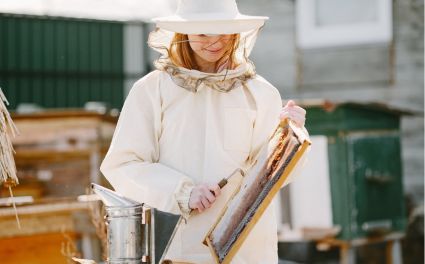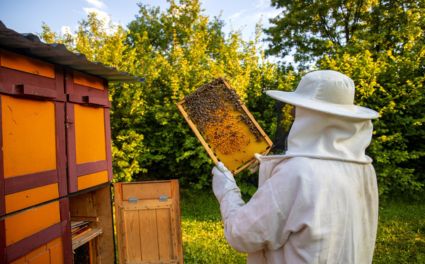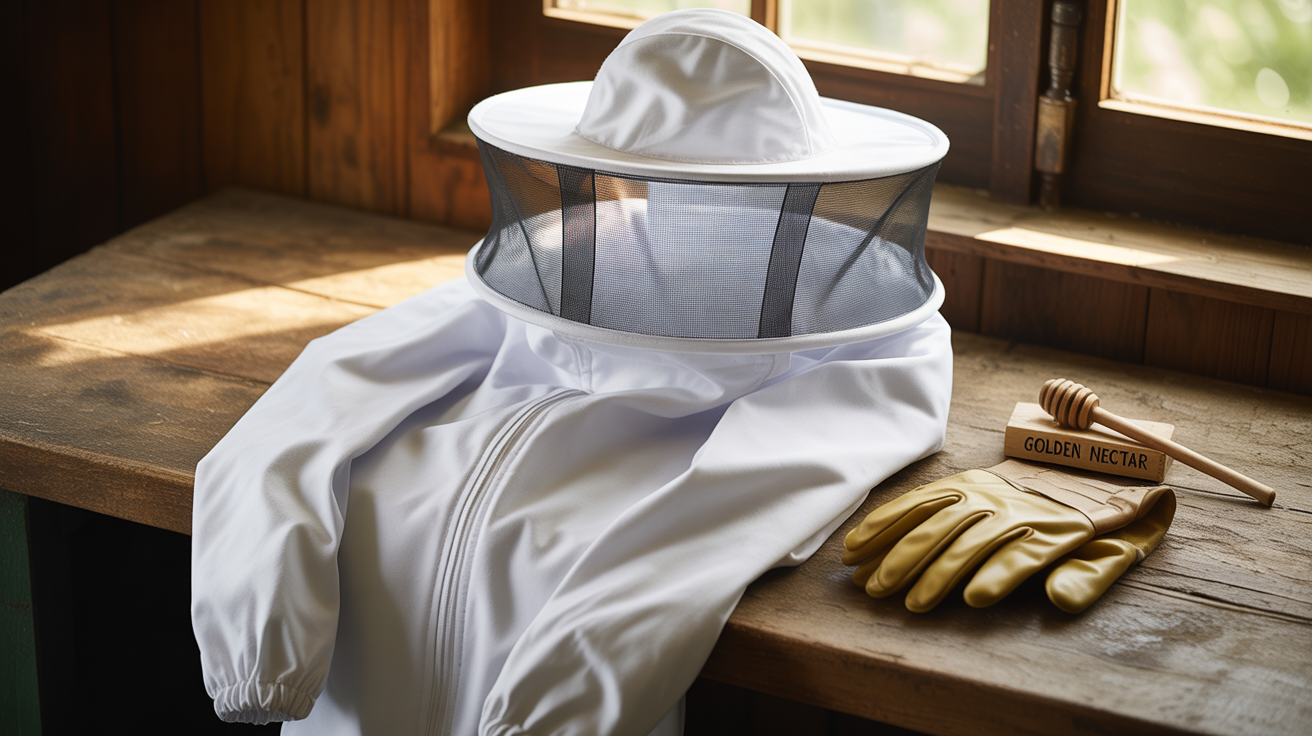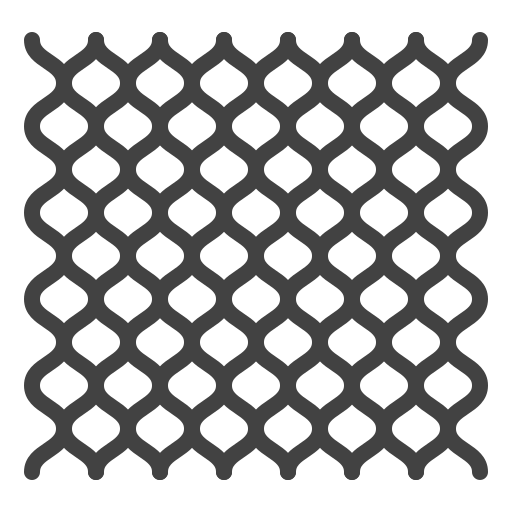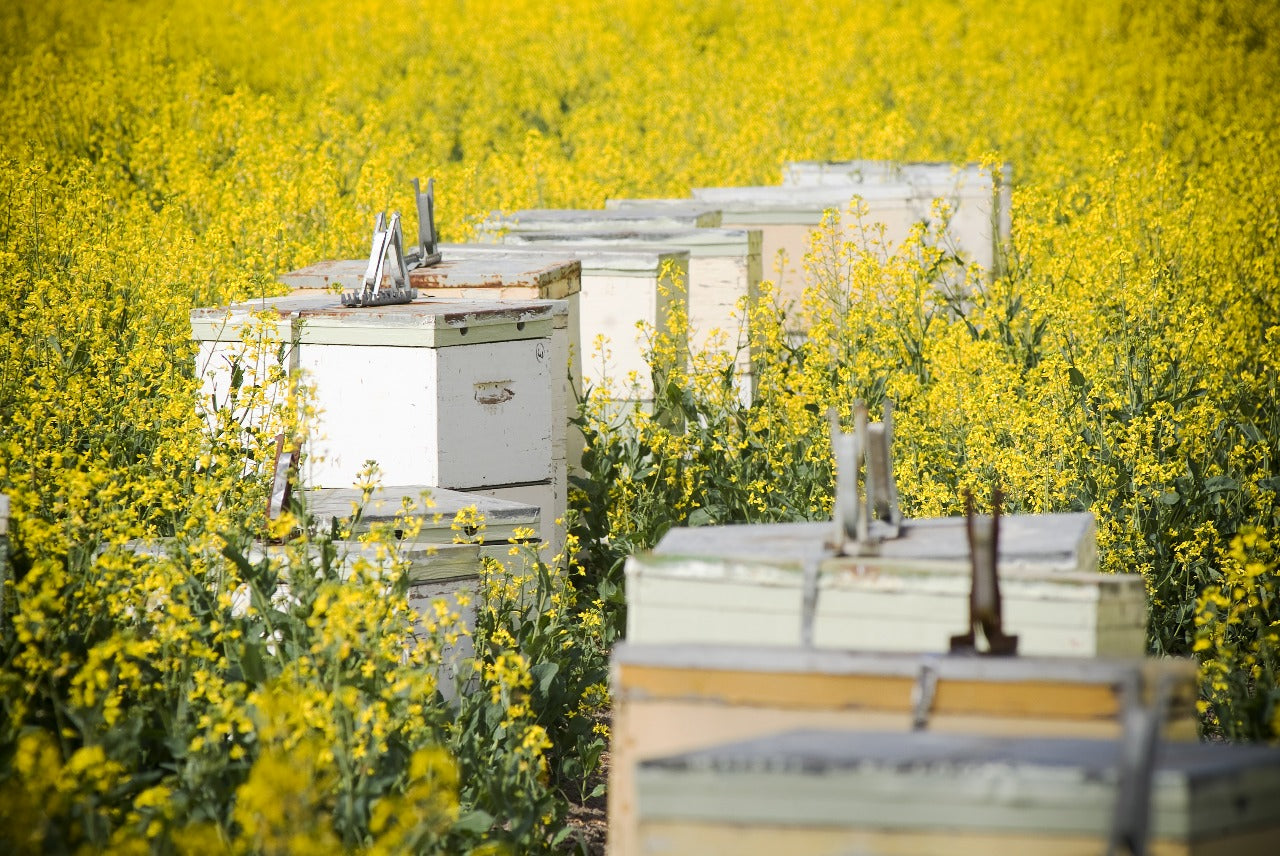Cleaning your beekeeping suit is just as important as wearing it. A clean suit ensures maximum hygiene, extends the life of your protective gear, and keeps you safe from contamination while working with bees. Over time, beekeeping suits accumulate dirt, sweat, wax, propolis, and even pollen, which can reduce their effectiveness and comfort. Regular cleaning helps remove these substances and ensures the suit remains in excellent condition, giving you full confidence every time you step near your hives.
In this guide, we’ll walk you through everything you need to know about how to clean a beekeeping suit properly, from preparation and washing to drying, storage, and maintenance tips. Whether you’re a beginner beekeeper or an experienced one, these steps will help you care for your protective clothing—keeping it fresh, functional, and long-lasting.
Preparing Your Beekeeping Suit for Cleaning
1. Remove Debris and Propolis
Before washing, shake out your suit to remove loose dirt, debris, or dried propolis. Pay special attention to seams, cuffs, and pockets, where sticky propolis often accumulates. Using a soft brush can help dislodge stubborn buildup without damaging the fabric.
2. Inspect for Damage
Before washing, carefully check the suit for tears, holes, or damaged zippers. Even a small tear can compromise protection against bee stings. Repair minor damage using a strong needle and thread, but for larger issues, seek professional repair or consider replacement.
3. Detach Accessories
If your beekeeping suit comes with removable components like veils or hoods, detach them for separate cleaning. Items like beekeeping veils require gentle care to maintain mesh visibility and durability.

Washing Instructions for Beekeeping Suits
1. Follow Manufacturer Guidelines
Always start by checking the washing instructions provided by the manufacturer. At OZ Armour, our beekeeping suits are made with premium breathable fabrics that are easy to wash but require gentle handling for maximum longevity.
2. Pre-Treat Stains
Beekeeping often leaves stains from honey, pollen, and propolis. To remove them:
-
Apply a mild detergent or stain remover to affected areas.
-
Use a soft brush or cloth to gently rub the fabric.
-
Let it sit for a few minutes before washing.
Avoid bleach or harsh chemicals—they can weaken the suit fabric and leave residues that attract bees.
3. Hand Wash vs. Machine Wash
-
Hand Washing: Fill a basin with lukewarm water and add a small amount of mild detergent. Submerge the suit, gently swish it around, and scrub stained areas. Rinse thoroughly to remove all detergent.
-
Machine Washing: Place the suit in a mesh laundry bag or pillowcase to protect zippers and fabric. Wash on a gentle cycle with cold or lukewarm water.
When cleaning items such as beekeeping jackets, beekeeping gloves, or beekeeping trousers, use the same gentle approach. Gloves, in particular, should be hand washed with mild soap to prevent stiffness.
Drying Your Beekeeping Suit
Proper drying is critical to maintaining the integrity of the fabric:
-
Air-Drying: The best method. Hang the suit in a shaded, well-ventilated area. Avoid direct sunlight, which can weaken fabric fibers over time.
-
Tumble Drying: If necessary, use the lowest heat setting. Excess heat may shrink or damage the suit.
Ensure that veils, gloves, and accessories are also dried separately and completely before storage.
Storing Your Beekeeping Suit
Once your suit is dry:
-
Hang it on a sturdy hanger to maintain shape and avoid creases.
-
Store it in a clean, dry environment away from chemicals, strong odors, or dampness.
-
Avoid leaving your suit in sheds or garages where pests and mold can thrive.
If you’re using children’s gear such as beekeeping kids suits or protective add-ons like beekeeping ankle protection, store them alongside adult suits to ensure all equipment stays organized and ready for use.
Maintenance Tips to Prolong Suit Life
-
Inspect Regularly: After every use, check for tears, loose threads, or broken zippers. Early repairs save money and extend the life of your gear.
-
Clean Separately: Wash veils, zippers, and closures separately to prevent tangling or damage.
-
Avoid Harsh Chemicals: Stick to bee-friendly, mild detergents.
-
Wash Consistently: A general rule is to clean your suit after every 3–5 uses, depending on how dirty it gets.
Dealing with Stubborn Stains and Odors
Natural Remedies
-
Vinegar Solution: Mix equal parts vinegar and water, apply to stains, scrub gently, then rinse.
-
Baking Soda Paste: Apply a paste of baking soda and water to stubborn stains. Let it sit before rinsing.
For Odors
Use enzyme-based cleaners designed to neutralize organic compounds. These break down sweat or hive-related odors without harming the fabric. Always rinse thoroughly.
Why Choose OZ Armour Beekeeping Suits?
When it comes to protective gear,OZ Armour, is trusted worldwide for quality, safety, and durability. Our premium beekeeping suits are designed with:
-
Triple-layer ventilated fabric for maximum sting protection and breathability.
-
High-quality zippers and reinforced seams for durability.
-
Detachable veils and elastic fittings for comfort and ease of cleaning.
Whether you need a full suit, a lightweight beekeeping jacket, protective gloves, or specialized gear like kids’ suits and ankle guards, OZ Armour provides everything you need to keep safe while working confidently with your bees.

Conclusion
Your beekeeping suit is your first line of defense when working with hives. Keeping it clean not only extends its life but also ensures maximum comfort and protection. By following proper cleaning, drying, and storage techniques—and using gentle, bee-friendly products—you can maintain your gear in top condition for years.
At OZ Armour, we’re committed to supporting beekeepers with premium protective gear that lasts. Explore our full range of suits, jackets, gloves, trousers, veils, and more on our website, and give yourself the peace of mind to focus on what really matters: your bees.
For more tips, guides, and updates, don’t forget to read more blogs about beekeeping.

